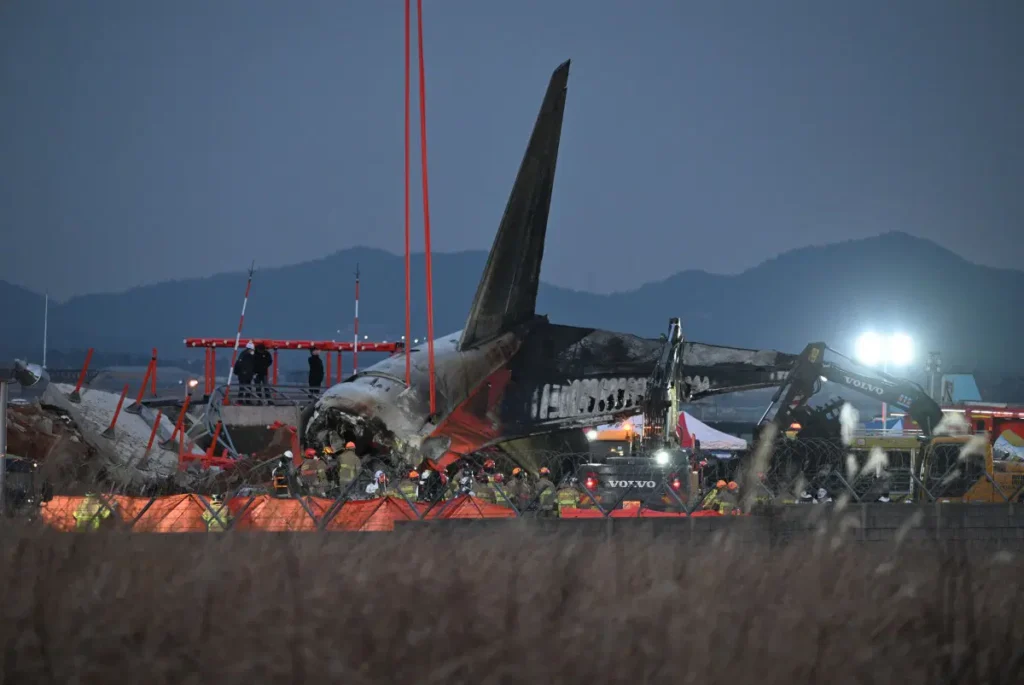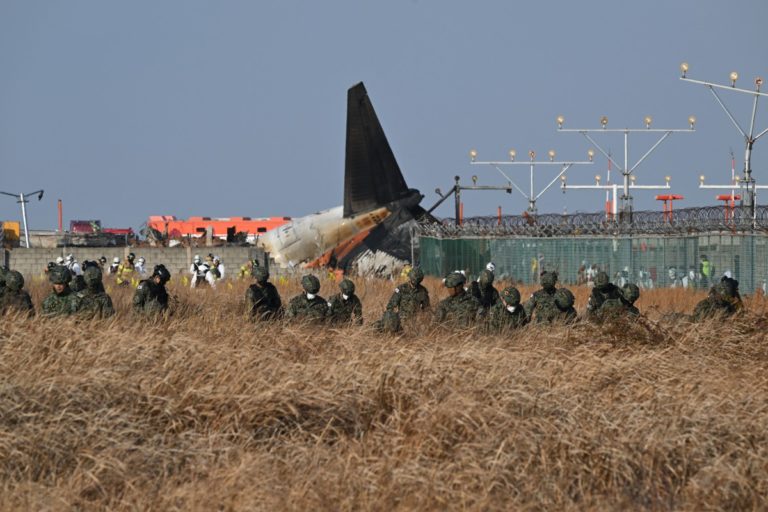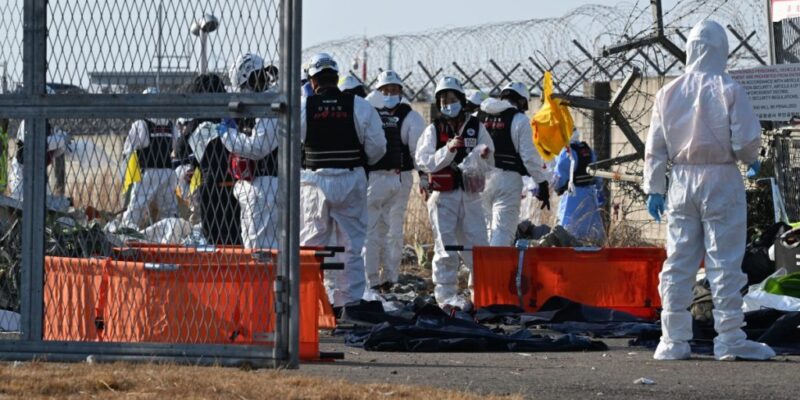
South Korean authorities have started the painful process of returning the bodies of those killed in the tragic crash of Jeju Air Flight 2216, which occurred on December 29, 2024, at Muan International Airport. The Boeing 737-800, carrying 181 passengers and crew, was en route from Thailand to South Korea when it made a distress call and attempted an emergency belly landing. The aircraft crashed into a barrier on the runway before bursting into flames, killing everyone aboard except for two flight attendants who were rescued from the wreckage.
In the wake of the disaster, authorities have been working tirelessly to identify the victims, with the first bodies being handed over to grieving families on Tuesday. Transport Minister Park Sang-woo confirmed that four bodies had been released for funeral arrangements, while an additional 28 victims, whose identities have been verified and autopsies completed, were cleared for burial.
The tragic incident has deeply shocked South Korea, which is now observing seven days of national mourning. Flags across the country have been lowered to half-mast, and memorial altars have been set up in public spaces, including Seoul. Families of the victims, many of whom had been waiting anxiously at Muan airport for updates, have expressed their anguish over the loss of loved ones. One particularly devastating story emerged of a family that lost nine members, including the oldest passenger, who was traveling on his first overseas trip to celebrate his birthday.
In addition to the immense emotional toll, the crash has prompted an urgent investigation to determine its cause. A team of South Korean officials, along with experts from Boeing and the U.S. National Transportation Safety Board (NTSB), are currently analyzing the two black boxes recovered from the wreckage. The flight data recorder has proven challenging to analyze, with its data storage unit found to be missing a connector. Technicians are working on extracting the data to understand the final moments of the flight.
At Muan airport, where rescue operations and investigations continue, local residents have left ritual offerings, including food and handwritten letters, in honor of the victims. One such letter placed near the airport’s perimeter expressed gratitude for the crew’s efforts, despite the tragic outcome: “Captain, first officer, and crew members, thank you so much for doing your best to save the passengers. I pray for your eternal rest.”
The crash has become a pivotal moment in South Korea’s aviation history, prompting calls for a reassessment of safety protocols. Acting President Choi Sang-mok, who assumed office just days before the crash, described the incident as a “turning point” for the country. He has urged a comprehensive overhaul of South Korea’s air safety system to prevent future tragedies. His government is promising swift action to address any issues that may have contributed to the crash.
As the investigation into the causes of the crash progresses, officials are focusing on understanding the technical and human factors involved. While the analysis of the black boxes continues, South Korea remains united in grief and determination, seeking justice for the victims and their families.


Comments